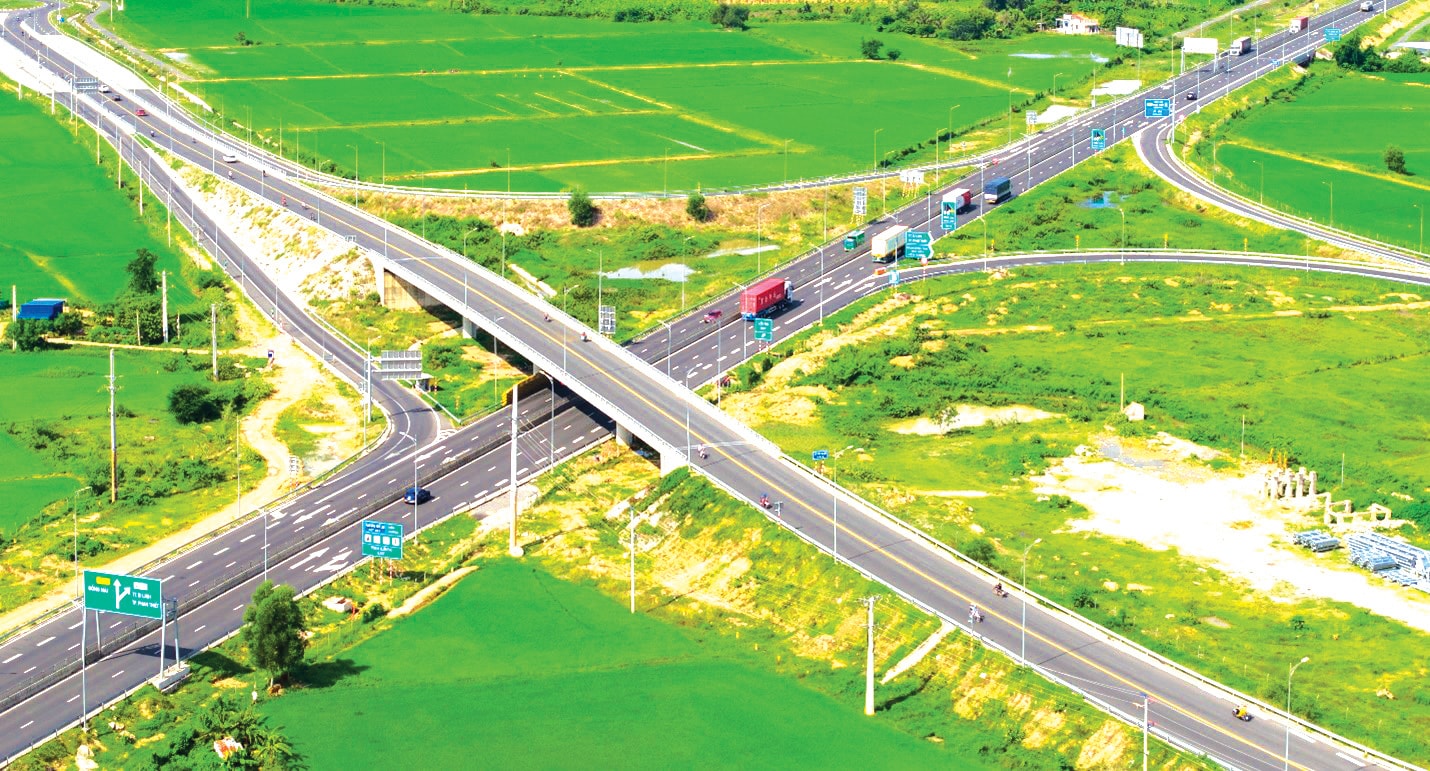
Former Secretary of Lam Dong Provincial Party Committee, Mr. Nguyen Hoai Bao, in a recent workshop on the potential and strengths of the new Lam Dong province, emphasized the importance of investing in transport infrastructure after the merger: “Transportation is the first and extremely important factor. No matter how big and potential a province is, in order to develop strongly, it must have a well-connected transport system”. This opinion is also the thoughts and aspirations of many generations of people in the three provinces, wishing for a change in the appearance of transport soon, so that this land can soon integrate into one and develop.
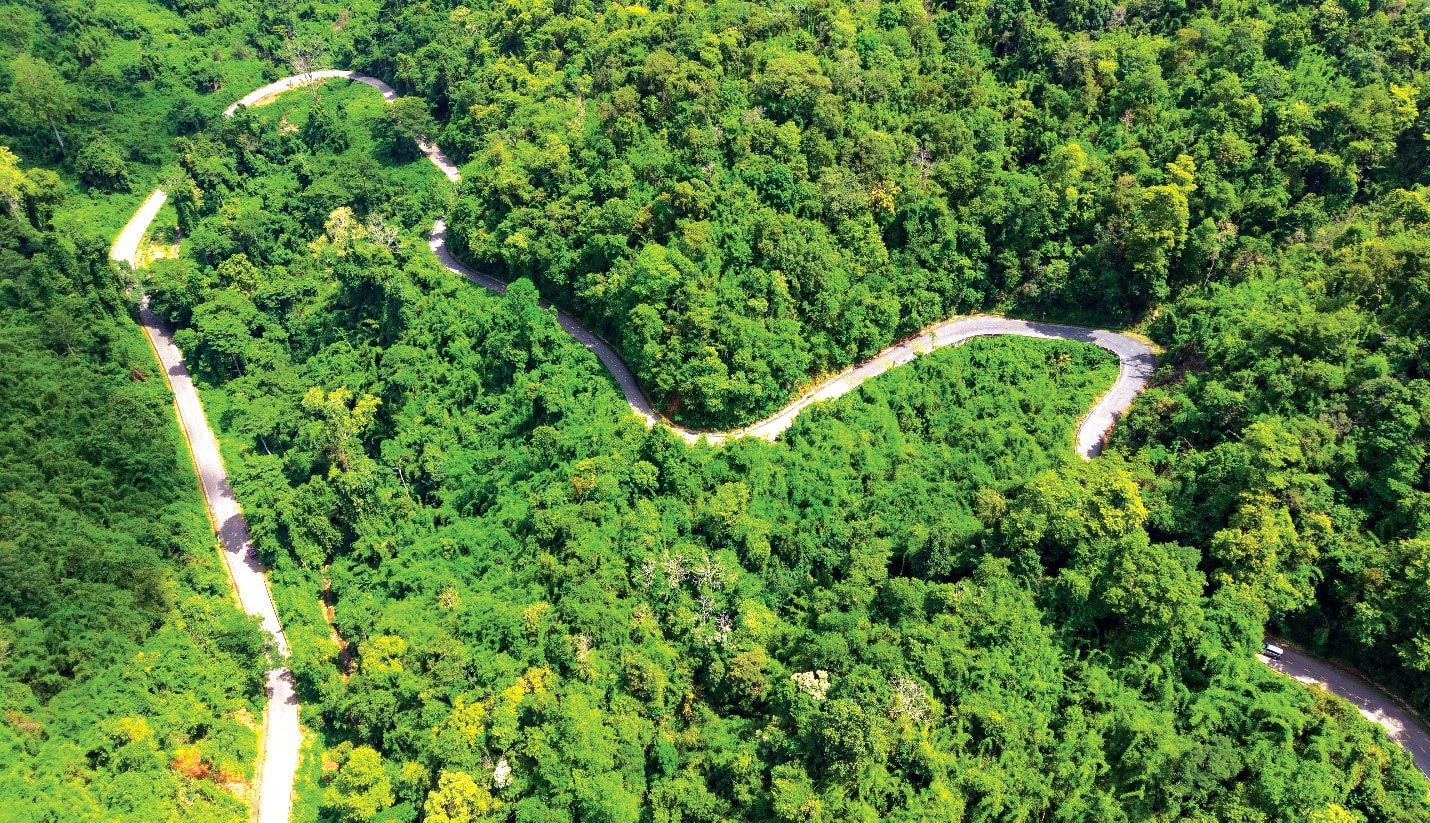
THE MAGICAL CROSS-REGIONAL ROUTES
Imagine, from the flowery Lam Vien plateau, which is also the administrative center of Lam Dong province, you can easily set foot on the sunny and windy beaches of the South Central Coast (formerly Binh Thuan province), or go up to the majestic land in the Southwest of the Central Highlands (formerly Dak Nong province) in just one trip. That is no longer a distant dream. From the trails winding through the vast pine forests, to the windy coastal roads, the traffic picture connecting the three provinces of Lam Dong, Binh Thuan, and Dak Nong is gradually taking shape. This is considered a historic "handshake", opening the door to traffic creation for a new land.
During my practical experience, I received enthusiastic guidance from traffic experts and had the opportunity to set foot on the main roads connecting the three provinces. Obviously, this new land possesses a full range of diverse types of transportation. Lien Khuong International Airport (Lam Dong) plays the role of an important aviation gateway for the region, while Phan Thiet Airport (Binh Thuan) is under construction, promising to be put into operation soon. The North-South railway running along Binh Thuan, along with coastal routes, seaports and inland waterways, creates a multi-dimensional traffic picture.
However, roads still play a key role in connecting the three provinces that are beginning to merge into a unified entity. In particular, National Highway (QL) 28 is considered a vital route, connecting Phan Thiet, Di Linh, Dak Glong and Gia Nghia. This is an important route, helping to shorten the distance and travel time between localities.
In addition, National Highway 55 also plays an equally important role, as a gateway to the sea from Lam Dong, through Binh Thuan and Ba Ria - Vung Tau . This route starts from Ham Tan (Binh Thuan), passes through Ham Thuan Bac, Bao Loc (Lam Dong), before continuing to connect to Dak Glong (Dak Nong). In addition, people can also choose provincial road DT717, the route connecting Duc Linh and Tanh Linh of Binh Thuan with Da Huoai of Lam Dong, providing more flexible travel options.
Ms. Pham Le Hoa, a resident of Xuan Huong Ward - Da Lat, shared her experience: “My friends and I just had a trip from Da Lat via National Highway 28B, to Phan Thiet, then from Phan Thiet via National Highway 28, through Di Linh, Lam Dong to Gia Nghia, Dak Nong. The feeling of going from the forest to the sea is wonderful! The change in climate, flora and culture is very interesting. However, hopefully inter-regional traffic after the merger will become more and more convenient and passenger transport services will be more diverse and high-class because the 28B pass is currently being renovated, upgraded and expanded, but the Gia Bac pass (National Highway 28) through Di Linh is currently long, winding and quite narrow and also needs attention and upgrading”.
Ms. Hoa's sharing is a clear demonstration of the desire for a more synchronous and modern traffic infrastructure, better serving the needs of the people.
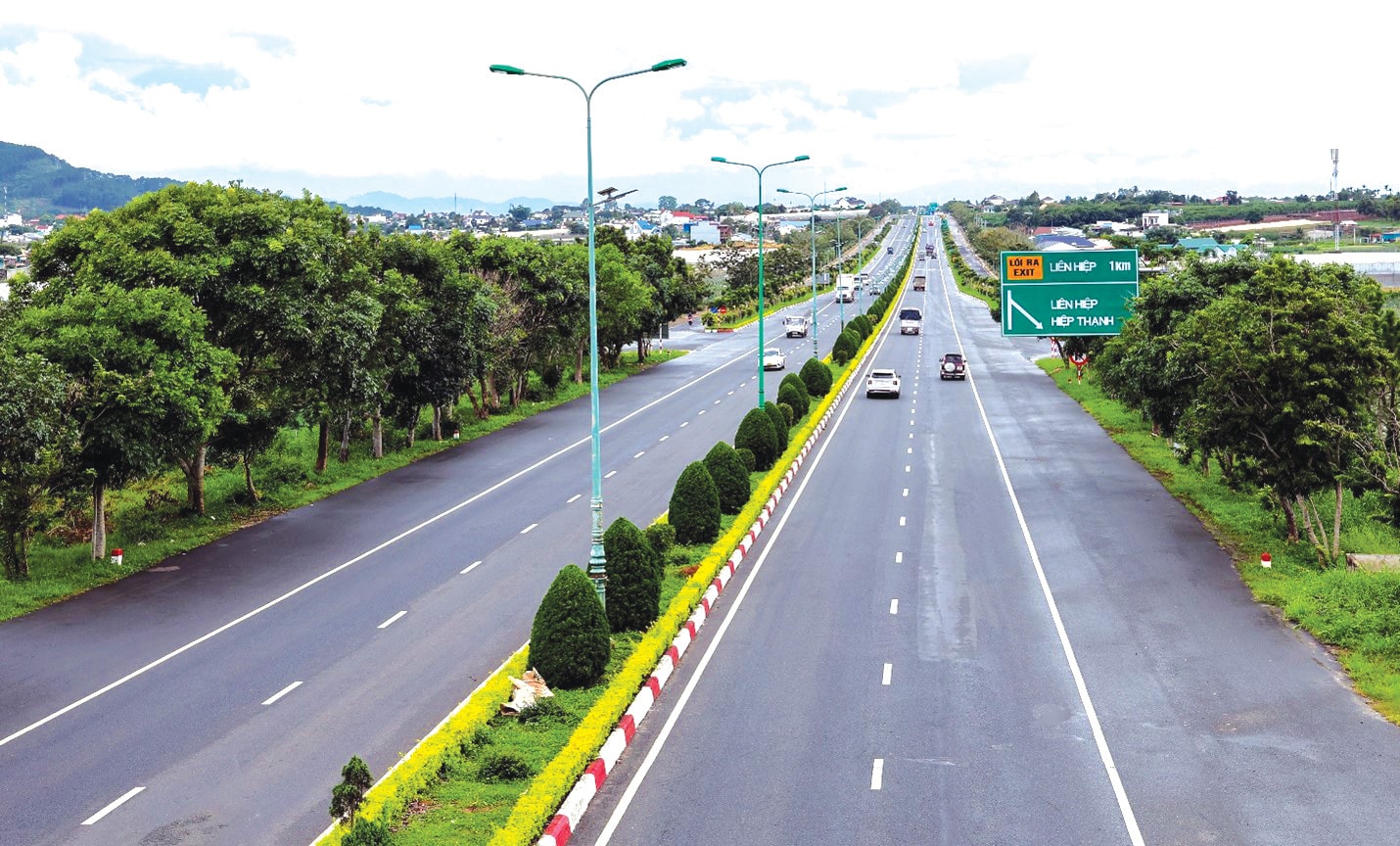
PROJECTS UNDER CONSTRUCTION
However, the traffic picture of the region still has bottlenecks that need to be resolved. The connecting routes between provinces are still not synchronized, posing many potential risks to traffic safety, especially in the rainy season. Specifically, National Highway 28, although beautiful, is still small, long and winding. Similarly, the section from Di Linh to Gia Nghia of National Highway 28 also needs to be expanded. Mr. Pham Van Vi, a resident of Phan Son commune, Binh Thuan, wishes: "I hope that roads will be expanded to all regions, and there will be many public passenger transport services connecting Binh Thuan with Lam Dong and Dak Nong".
To meet the increasing transportation demand, the Dak Nong - Lam Dong - Binh Thuan Expressway Project is expected to create a modern expressway, effectively connecting the regional transportation network. According to Mr. Hoang Anh Tuan - Deputy Director of the Department of Construction of Lam Dong province, this project has been proposed for investment and conducted a survey.
In addition, the Dau Giay - Lien Khuong expressway with the Bao Loc - Lien Khuong section starting construction on June 29, 2025 also promises to create a new connecting axis, connecting to existing routes from National Highway 20, National Highway 28 and 28B to Da Lat - Bao Loc - Ho Chi Minh City.
The merger of Lam Dong, Binh Thuan and Dak Nong is not only a geographical event, but also a revolution to create potential for economic, cultural and social development. And at the heart of this revolution must be a well-planned and invested transportation system, closely connected, creating a smooth and promising infrastructure symphony.
The picture of traffic connectivity will become more complete when roads are upgraded and expressway projects are completed. These projects will help connect not only communes, wards, and special zones in the region more conveniently, but also expand connections with other provinces, contributing to reducing traffic congestion and creating conditions for socio-economic development.
Source: https://baolamdong.vn/buc-tranh-giao-thong-ket-noi-rung-va-bien-381215.html



![[Photo] General Secretary To Lam attends the 55th anniversary of the first television program broadcast](https://vphoto.vietnam.vn/thumb/1200x675/vietnam/resource/IMAGE/2025/9/7/8b8bd4844b84459db41f6192ceb6dfdd)

![[Photo] Prime Minister Pham Minh Chinh attends the 80th Anniversary of the Vietnam Posts and Telecommunications Group](https://vphoto.vietnam.vn/thumb/1200x675/vietnam/resource/IMAGE/2025/9/6/39a89e5461774c2ca64c006d227c6a4e)
![[Photo] Rescuing people in flooded areas at the foot of Prenn Pass overnight](https://vphoto.vietnam.vn/thumb/1200x675/vietnam/resource/IMAGE/2025/9/6/19095b01eb844de98c406cc135b2f96c)
![[Photo] 80th Anniversary of the General Staff of the Vietnam People's Army](https://vphoto.vietnam.vn/thumb/1200x675/vietnam/resource/IMAGE/2025/9/6/49153e2a2ffc43b7b5b5396399b0c471)
![[Photo] General Secretary To Lam attends the 80th Anniversary of the General Staff of the Vietnam People's Army](https://vphoto.vietnam.vn/thumb/1200x675/vietnam/resource/IMAGE/2025/9/6/126697ab3e904fd68a2a510323659767)




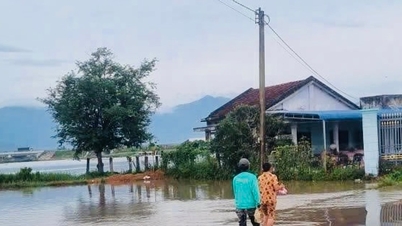
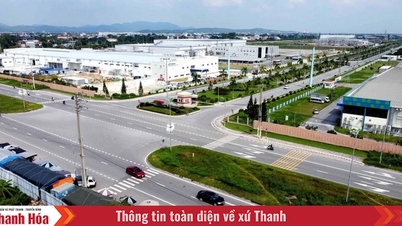


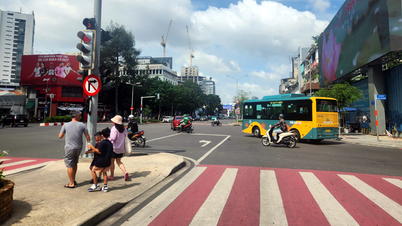



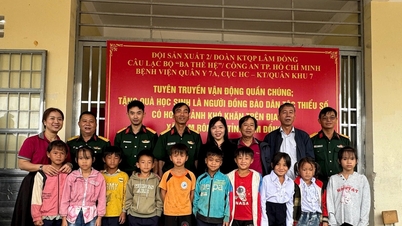


















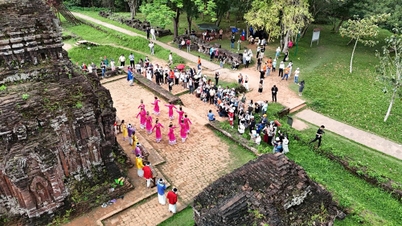






















![[COMING UP] Workshop: Resolving concerns for Business Households about eliminating lump-sum tax](https://vphoto.vietnam.vn/thumb/402x226/vietnam/resource/IMAGE/2025/9/7/5627bb2d0c3349f2bf26accd8ca6dbc2)




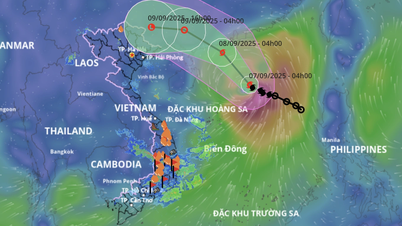








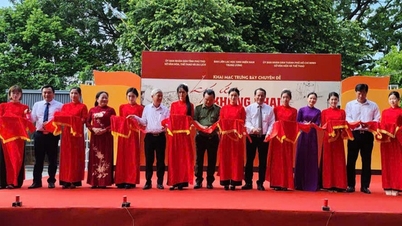


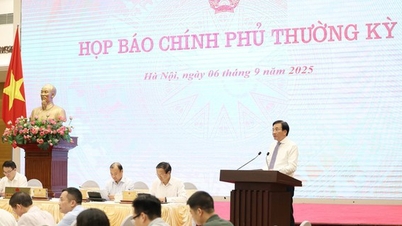




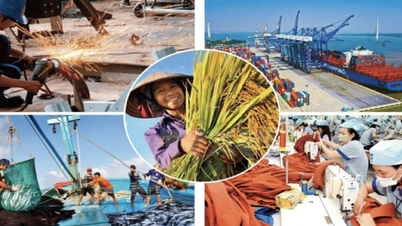


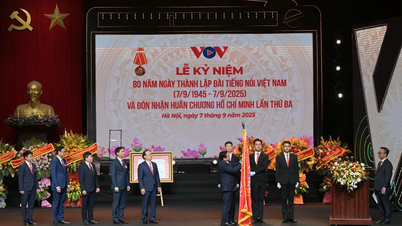



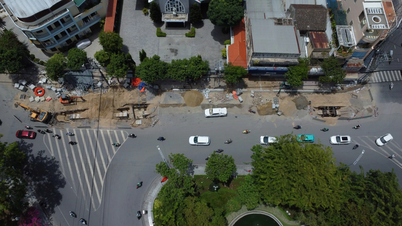
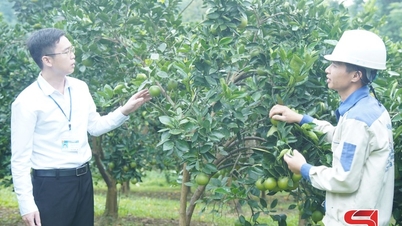







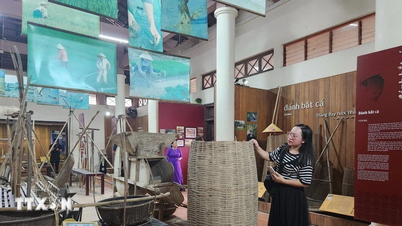




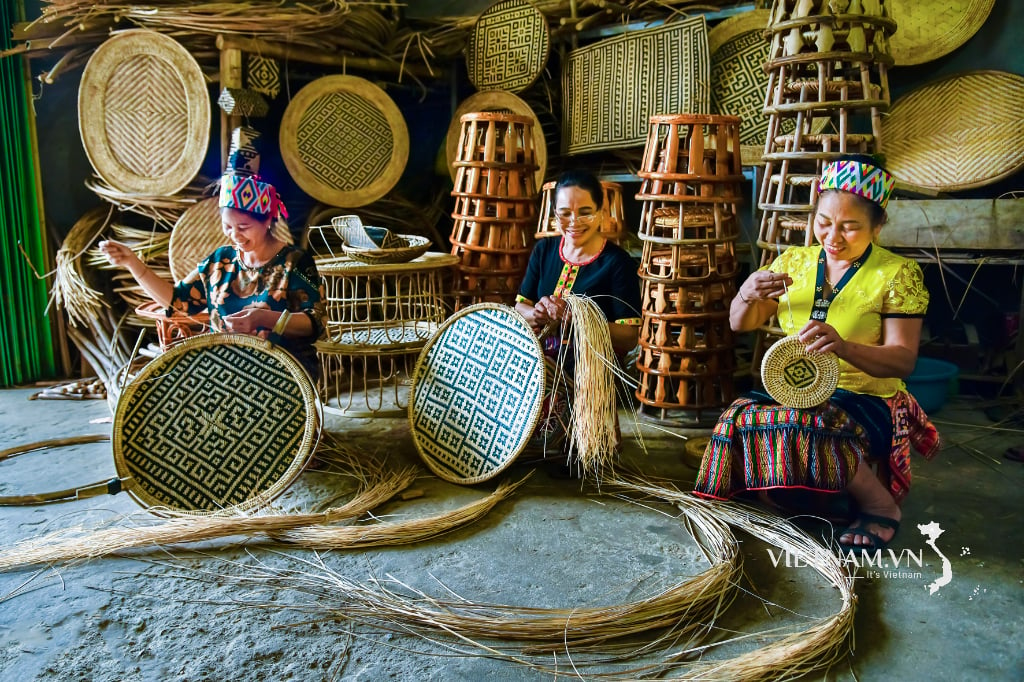


Comment (0)